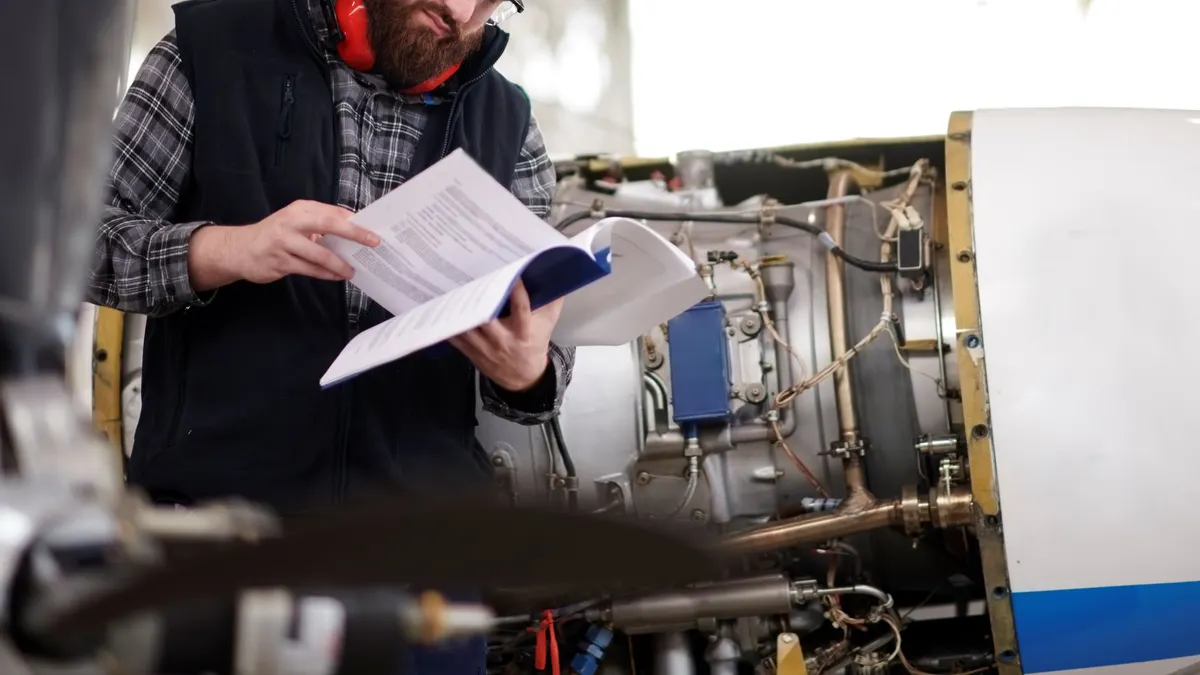As online communities go, the chat room is the grandfather of them all. It predates email servers, multiplayer games, bulletin boards, commercial online services and social networks.
The rooms have humble beginning but, fast forward a bit and they became social gathering places for users to share information around common interests. The chat room’s ability to pull together multiple users distinguishes it from instant messaging programs, which were designed for one-to-one communication.
Fast forward even farther and “chat” becomes just one multidimensional business tool among an organization’s other digitized functions.
What’s changed
Despite the fact that chat rooms have been around for decades, the technology has evolved significantly in just the last few months, says Katie Lioy, director of marketing technology for SHIFT Communication.
“We're able to do video calls within the software, exchange documents, and most importantly, share gifs and reactions,” says Lioy, whose team uses Slack. “The technology helps us with all aspects of our jobs from the informal ‘hey, I have a quick question’ meetings to client check-ins and new business pitches.”
At the core of chat technology is still groups conducting conversations online. But today, with “channels,” or rooms that users can create or delete as needed, workers can schedule and join online meetings with dial-in audio conferencing that has high-definition and Voice over Internet Protocol capability.
The technology also boasts file sharing. And users who don't see information in real-time can review it later in recorded transcripts. Some products have advanced features, such as dedicated phone numbers for making and receiving calls to users outside of the software.
Lioy manages a staff of 10, with offices in Los Angeles, San Jose, Boston and the United Kingdom. She calls the ability to do morning check-ins and interact with staff across the globe "life-saving."
“The technology allows me to see at a glance what my team members have on their plate that day, who has bandwidth for additional projects and who is blocked or overloaded. I'm also able to make adjustments to individual’s workloads on the fly,” she told HR Dive.
What’s driving today’s technology
How well an organization handles or mishandles communication affects productivity, performance, culture, teamwork and other essential workplace functions. Companies like Atlassian, an enterprise software developer, found that although communication across platforms was faster, it wasn't getting any easier, Steve Goldsmith, head of communication products at Atlassian, told HR Dive.
“We found that modern office workers use between 10 and 16 tools daily to get their work done. More than ever, workers have to chase their work across these tools — as notifications, alerts, and pings pour in,” says Goldsmith. “People are talking more, but it doesn’t necessarily mean that they're doing more. In fact, we hear from customers that the hardest part of a worker’s day is actually finding time to work.”
To stay connected, workers often felt they needed to stay glued to their chat screens, fearing that they were missing something important, says Goldsmith. Technology has infused communication with lightning speed over the decades, but it also has created a digital space of endless “noise,” keeping workers tied to their email, text and voice messages around the clock. How can technology fix a problem it created?
Goldsmith says a communication product that encourages workers to unplug may be key, referring to the Atlassian tool Stride and its "focus mode." The technology lets users share information in real-time or tune out group messaging and other distractions when they need to be totally focused.
But aside from those usual work functions, the C-suite's new interest in employee engagement is also driving the tech's adoption, according to Mike Hicks, vice president of marketing at Igloo. With the tight labor market and skills shortage, CEOs want the employee experience to be as positive as the customer experience. Group chat is one piece of the puzzle.
But the benefits come with limitations. Lioy says the software brings less face-to-face interaction, for example. “My team tends to get too reliant on sending a quick text, versus a call or face-to-face interaction, even when sitting a few feet away,” she said.
It's a great way for her to check in with everyone, but users miss out on the nuances of emotions and body language, which, says Lioy, is pretty important for communication professionals.

















